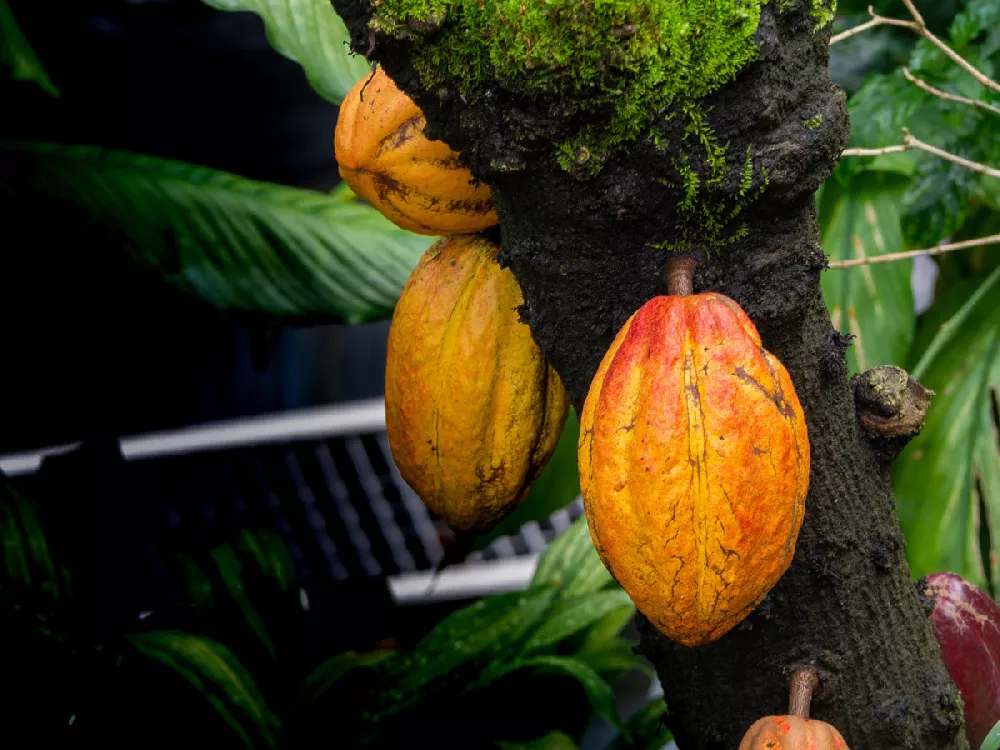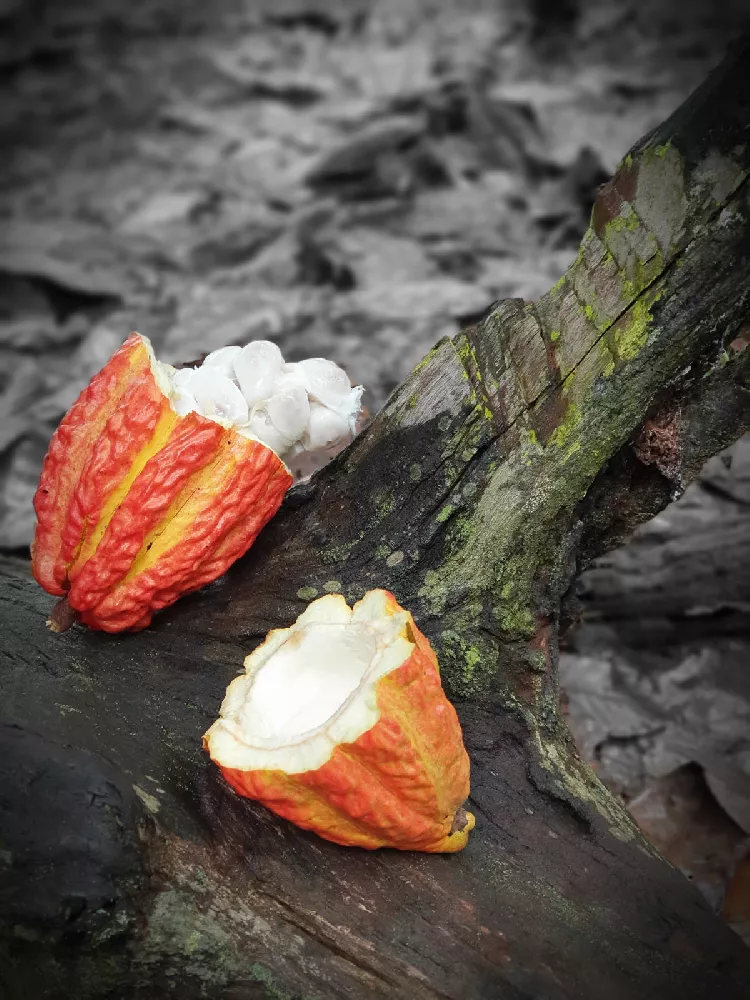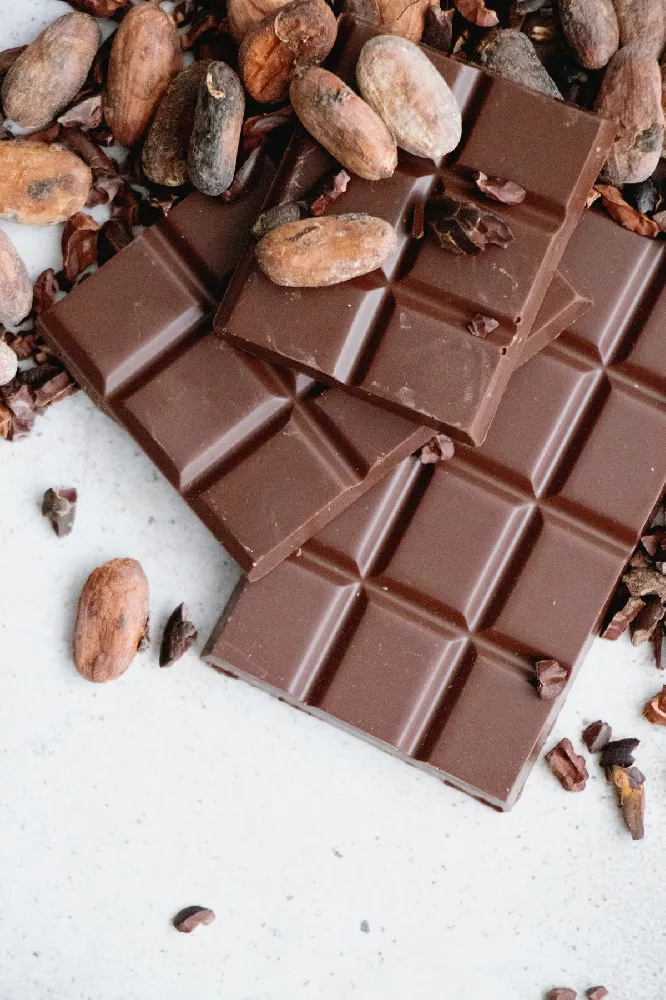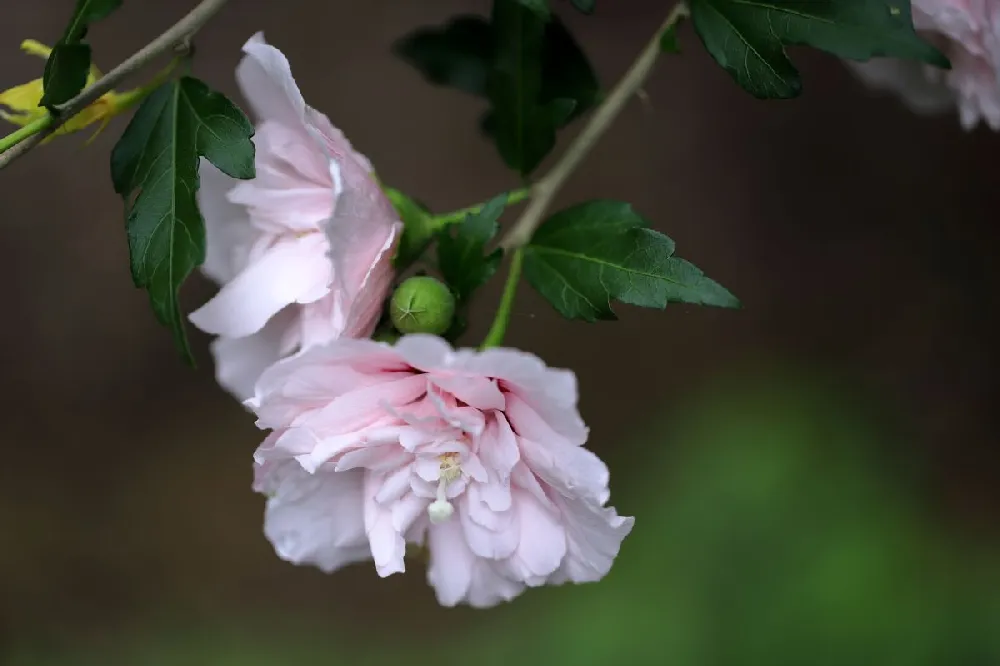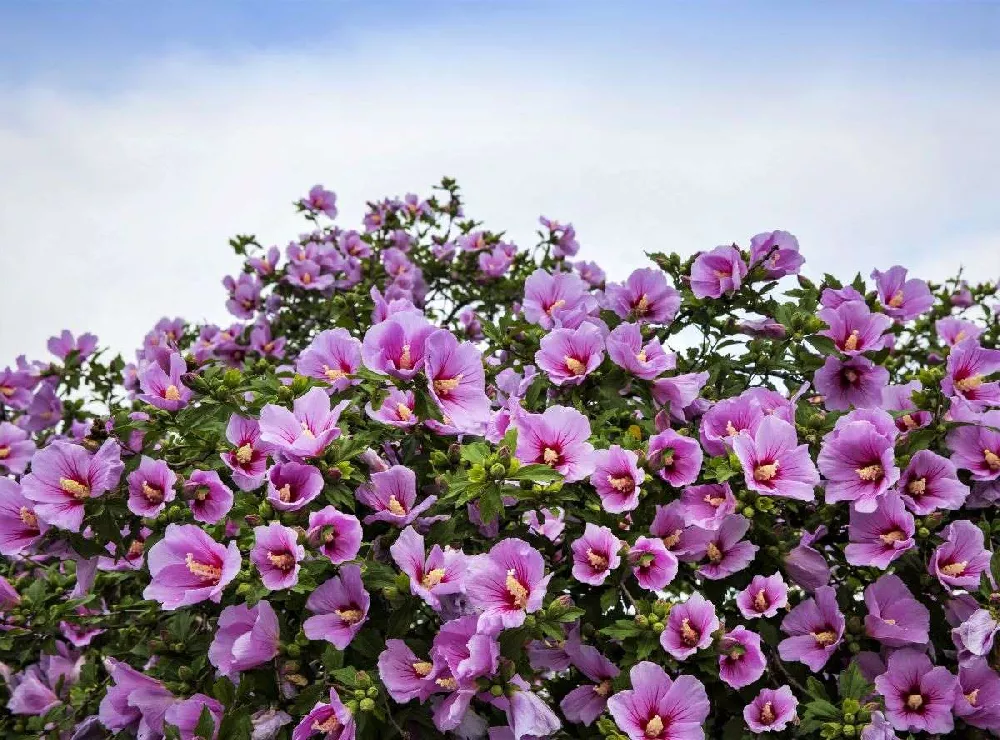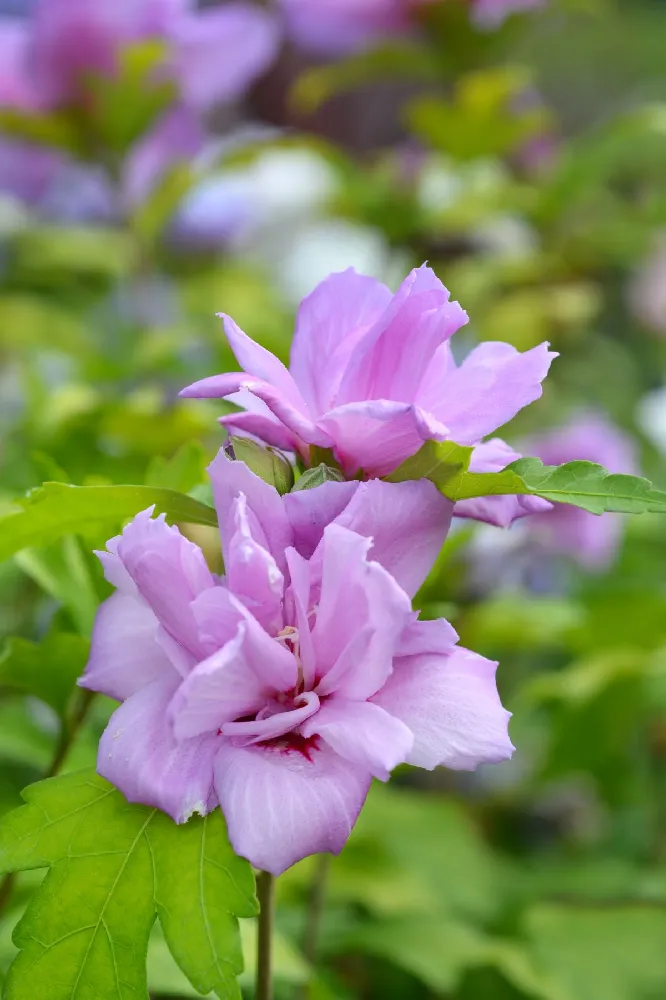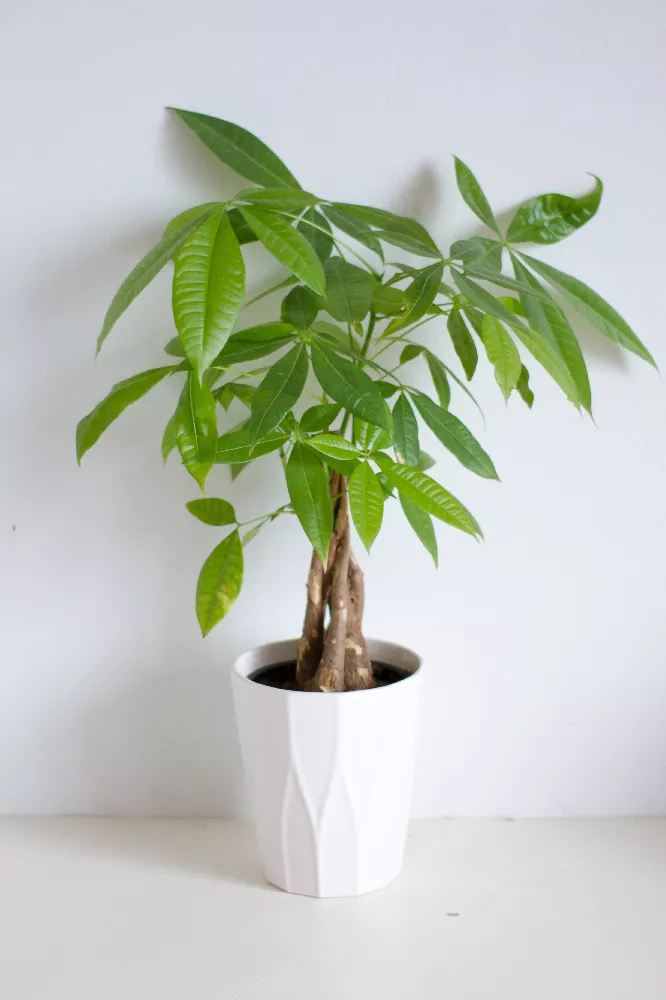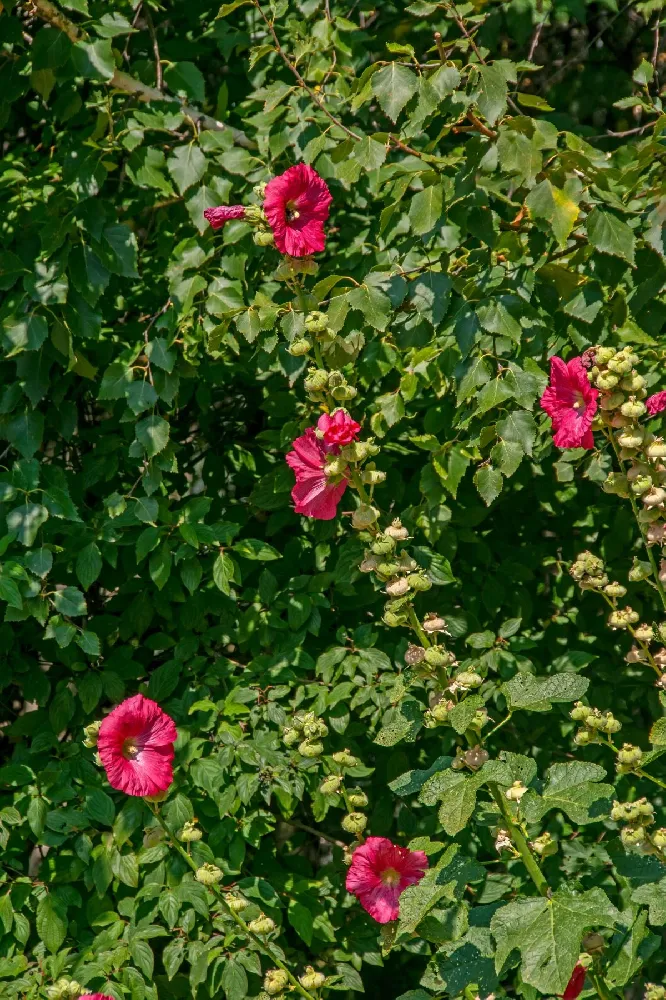Chocolate Cocoa Plants for Sale - Buying & Growing Guide
The Chocolate cocoa plant, or Theobroma cacao, is an elegant tree that is frequently grown in a container in less tropical regions. It can be an arresting addition to a patio garden or semi-tropical backyard. Here are some other benefits of the Chocolate cocoa plant:
- Attractive, glossy leaves stay green year-round.
- Seed pods ripen to a yellow-orange color, providing visual interest.
- Fragrant flowers appear throughout the growing season, growing from the trunk and branches.
Enter your zip code to find nearby stores that may carry this plant.
Plant Care
Sunlight

Best grown in full sun to partial shade, with 4 hours of direct light or more a day.
Watering
Water when the soil feels dry, about 1 to 2 inches a week. The goal is consistent moisture, but not soggy roots.
Fertilizing

Needs regular applications of a balanced fertilizer throughout the growing season.
Planting and Care
Planting instructions
Plant your cocoa plant in a spot where it is sheltered from the wind and will receive at least four hours of direct sun a day. Dig a hole that’s twice as wide as the root ball and just as deep. Tease out the roots so they are not encircling each other and place the plant in the hole so that the top of the root ball is even with the soil grade. Backfill with soil that’s been enriched with compost, tamping down as you go to eliminate air pockets. Mulch around the plant with an organic mulch such as bark chips, being careful to keep them from touching the trunk directly. Water well, giving it a daily drink for the next week or so until it is established.
Watering and nutrients
Chocolate cocoa plants like consistent moisture, and do best with 1 to 2 inches of water a week, either from rain or supplemental watering. Water whenever the top few inches of soil seems dry, but be careful not to water so much that the soil is soggy, which can cause root rot. If your cocoa plant is in a container, be sure to use one that has adequate drainage holes in the bottom so that excess water can drain out.
Apply a balanced, slow-release fertilizer to your cocoa plants throughout the growing season, as these plants are heavy feeders. You can also add a layer of well-rotted compost or manure under the mulch every spring.
Pollination
Cocoa plants are pollinated by an insect called the chocolate midge. Although each cocoa plant has male and female reproductive parts, they do not self-fertilize, so if you are interested in encouraging seed pods, you’ll be in a better position to do so with more than one tree. Cocoa trees have a very low pollination rate, and for indoor or patio plants, you will probably need to hand-pollinate the flowers yourself, using a small brush or even your finger to move pollen from one flower to another.
Pruning
Prune your Chocolate cocoa plant any time to remove broken or diseased branches, as well as those that are rubbing against each other. You can also prune for height and shape after the seed pods have been harvested. In the wild, cocoa plants can grow to 50 feet, but they can be pruned so that they stay a more manageable size.
Pests, diseases, and animals
Diseases that have been known to attack cocoa plants include anthracnose and armillaria root rot. These and other fungal diseases can be treated with a copper fungicide. There is also a disease called cacao swollen shoot virus that leads to leaf discoloration and stem and root swelling, but it is seen more often on cocoa plantations, where there are multiple trees. Pests that prey on the trees include cyst nematodes, dagger nematodes, and other members of the same family. Small rodents may chew on the bark, but can be deterred by wrapping the bottom few inches of the trunk with trunk guard or burlap.
Harvesting
Harvesting and processing cocoa is a complex job that is best done by professionals on cocoa plantations. It is difficult to determine when the pods are ripe, for one thing, and the processing itself involves fermentation, drying, and aging the beans that can be found inside the pods.
Achieving maximum results
Since Chocolate cocoa plants are native to countries near the equator, they can only be grown outdoors in the U.S. in southern Florida, Hawaii, and a few other warm locations. Gardeners in northern regions can easily grow them in containers, bringing them indoors when the temperatures fall consistently below 65 degrees Fahrenheit.
Cocoa trees like high humidity, which may be a challenge when you bring your plant indoors. Placing the plant in a low tray filled with pebbles and water will help increase the humidity, or consider adding a humidifier to the room where your cocoa plant lives.
FAQs
Can I make chocolate from my cocoa plant?
The process of making chocolate, from tree to candy bar, is complicated, and would be challenging. The trees have a very low rate of pollination when grown in pots, and few flowers are transformed into pods. Even if you are able to harvest some pods, the process of making chocolate from the beans is complex and best left to professionals.
Are Chocolate cocoa plants hard to grow?
They can be a bit challenging, since they are particular about light and humidity levels, especially if grown indoors. You can help them along by planting them in fertile, well-drained soil with a pH of 6.5 to 7.0 and keeping them well-watered in a room or greenhouse with high humidity.
At what age do cocoa plants begin to fruit?
Your cocoa plant will begin fruiting when it is roughly 5 to 6 years old. Although each cocoa tree has both male and female flower parts, they are not generally self-fertile, and need to be pollinated by another tree. In nature, this is done by small insects, but if you grow your cocoa trees indoors, you can often help the process along by rubbing the pollen from one tree on the female part of a flower from another tree.
Compare Similar Products
Customer Reviews
 oompaloompa
oompaloompamy cacao tree shipped and was at my door in less than a week. 10/10 recommend. too, customer service is super helpful and responded to ALL my emails instantly. made me feel speshul‚ú®
